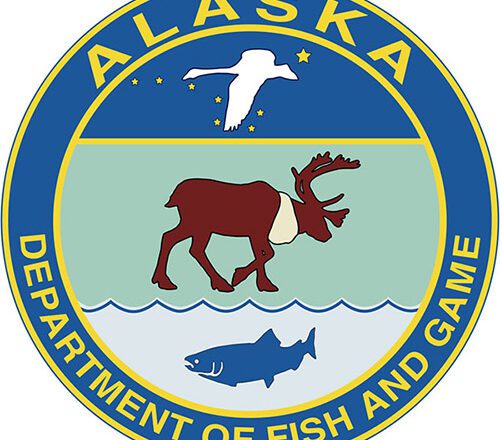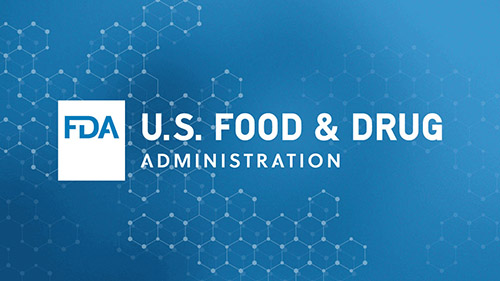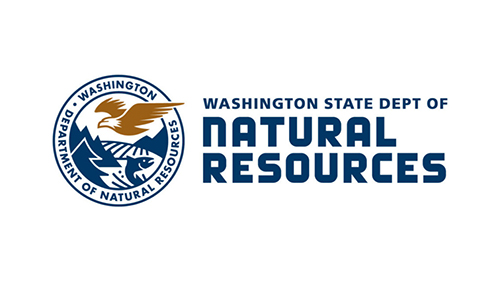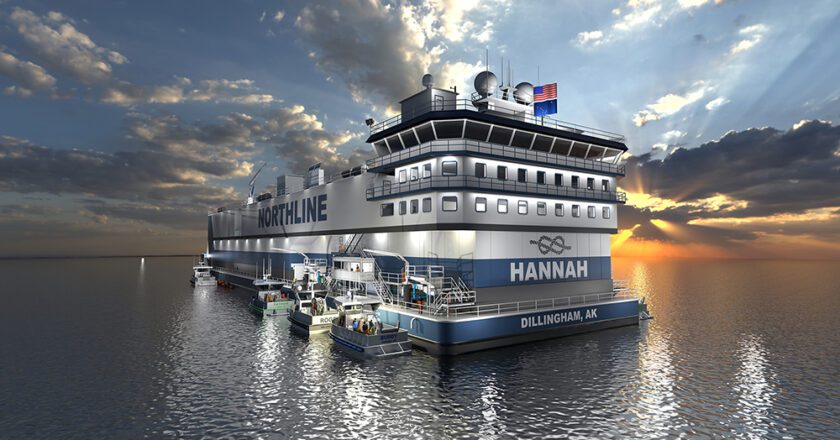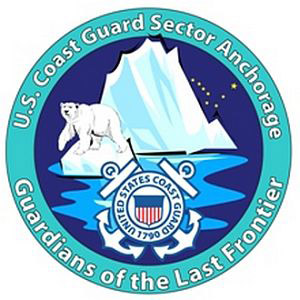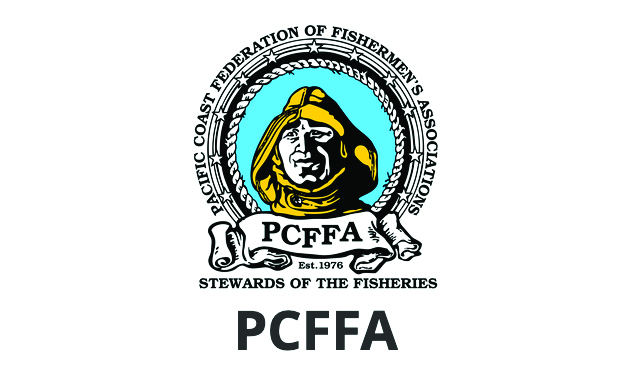USDA Proposes Better Access to Seafood in WIC Program
Federal officials in late November proposed changes for participants in the Special Supplemental Nutrition Program for Women, Infants and Children (WIC), including improved access to canned fish, to reflect the latest dietary guidelines.
These science-based revisions, recommended by the National Academies of Science, Engineers and Medicine (NASEM) and the Dietary Guidelines for Americans for 2020-2025, prompted the U.S. Department of Agriculture (USDA) to post the proposed changes in the Federal Register.
Those guidelines recommend two eight-ounce servings of healthy seafood a week, starting at six months of age.
Agriculture Secretary Tom Vilsack said the proposed changes would strengthen WIC by ensuring that it provides foods that reflect the latest nutrition science to support heal...



